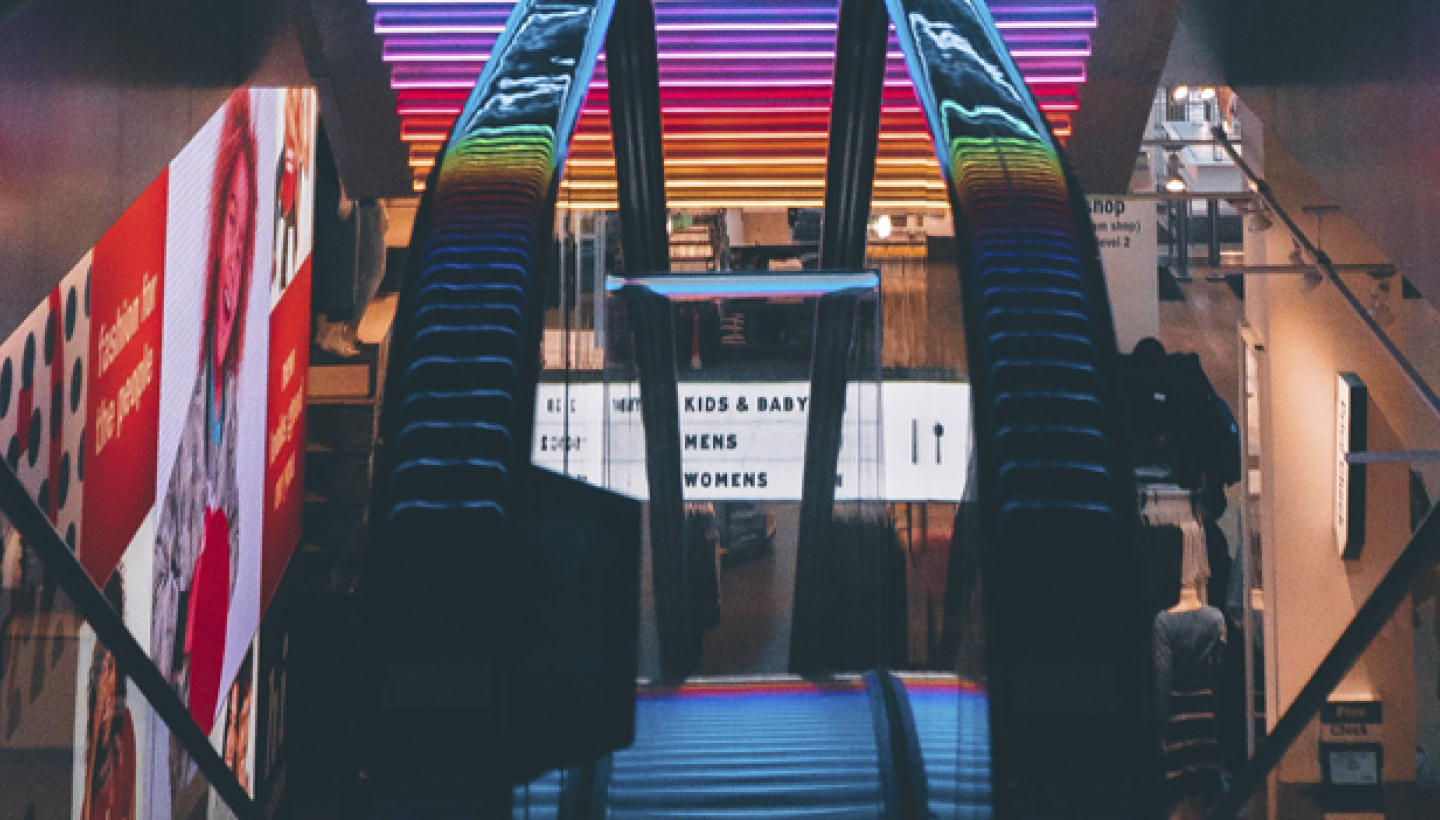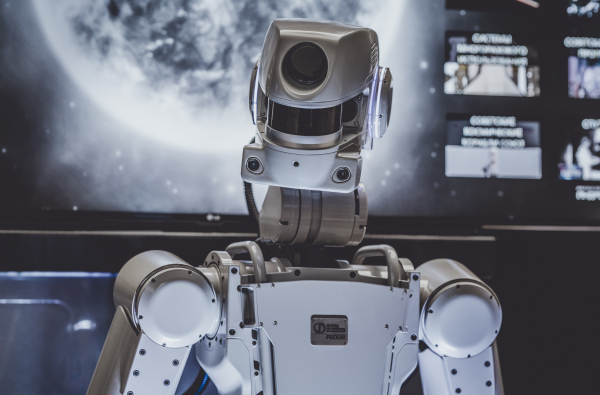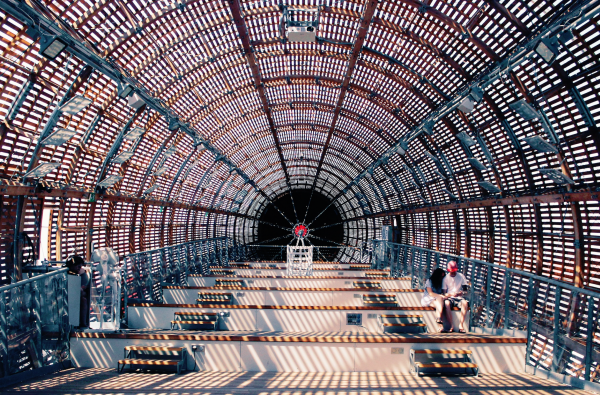One of our new clients, a shopping center in Madrid, engaged us in a digital transformation project. They were confronted with declining sales, lack of customers, and high vacancy rates.
Our client’s problem is a consequence of the continuously changing customer needs and the abundance of shopping centers competing for the same clients. According to a Deloitte study, commercial density in Spain is at 341 sqm/1000 inhabitants, with an average of 9 mall openings per year. The problem is real: 43% of Spanish shopping centers are in need of repositioning or will soon become obsolete.
On a global scale, the situation is even more severe. In the article “Why The Death of Malls is more about than Shopping,” Professor Leonard Schlesinger advances the theory that malls “were built for patterns of social interaction that increasingly don’t exist.” For the new generations, malls are places where their parents used to go out. This coupled with busy schedules, and the vast choice of websites and apps for shopping and socializing is making malls obsolete.
When asked about a possible solution to this problem, Daniel Hurwitz, retail investment adviser, answers: “I don’t think we’re overbuilt, I think we’re under-demolished.” Started in 2000, Deadmalls.com documented over 300 closed malls across the US, and the number is growing. The project is meant to raise awareness of how rapidly the retail industry is changing and that business owners have to find solutions to adapt to new customer demands.
Retail spaces ought to be reinvented. But can we somehow combine offline and online shopping to get the best of both worlds? And what roles does technology play in this merger?
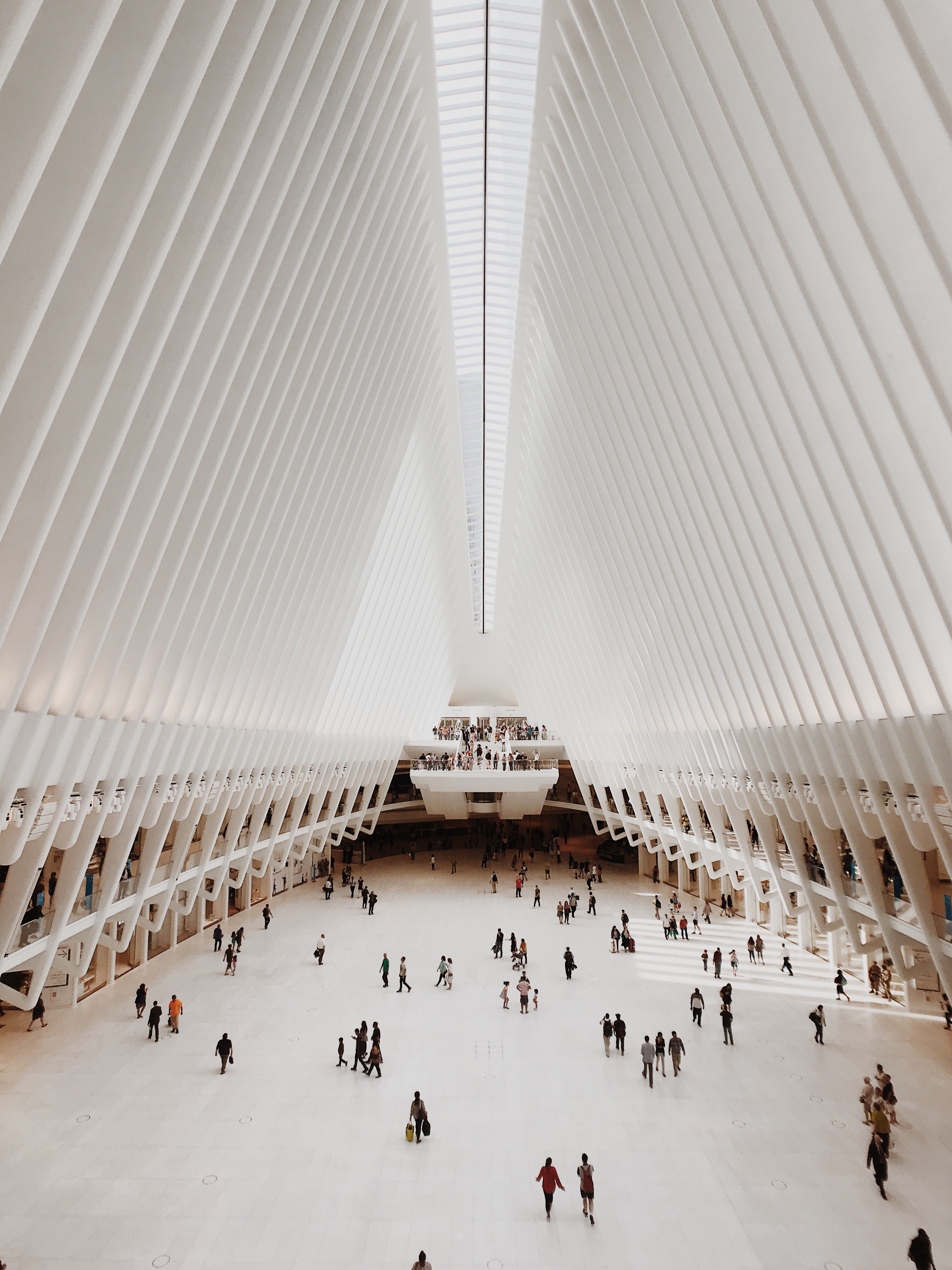
We believe the solution is not to demolish the old shopping centers like Hurwitz suggests but to combine the advantages of both online and offline retail to build a superior shopping experience.
First of all, malls shouldn’t even try to compete with online shops, says McKinsey. Traditional shopping centers will never match the convenience, availability, and price offerings of online shops. Instead, malls can offer extraordinary experiences. Live concerts, games, go-karts, exhibitions, spas, fitness events will make customers want to spend more time and money shopping.
In the study “The future of shopping centers,” Lubelczyk & Brown state that the role of technology in the 20th-century mall was to power systems. In the 21st century, its role is to create platforms that connect individuals. The mall of tomorrow is a hyper-connected shopping city using technology like AI-infused walk-aways, eye-scanners to personalize customer visits, and smart changing rooms. Retailers will have to use specific technologies to track data to anticipate and meet demands in real time.
To improve customer experience, malls have to identify the customer touch points that are most responsible for satisfaction. These are the areas where our client will invest to create a cohesive customer experience that will generate higher spending and customer loyalty.
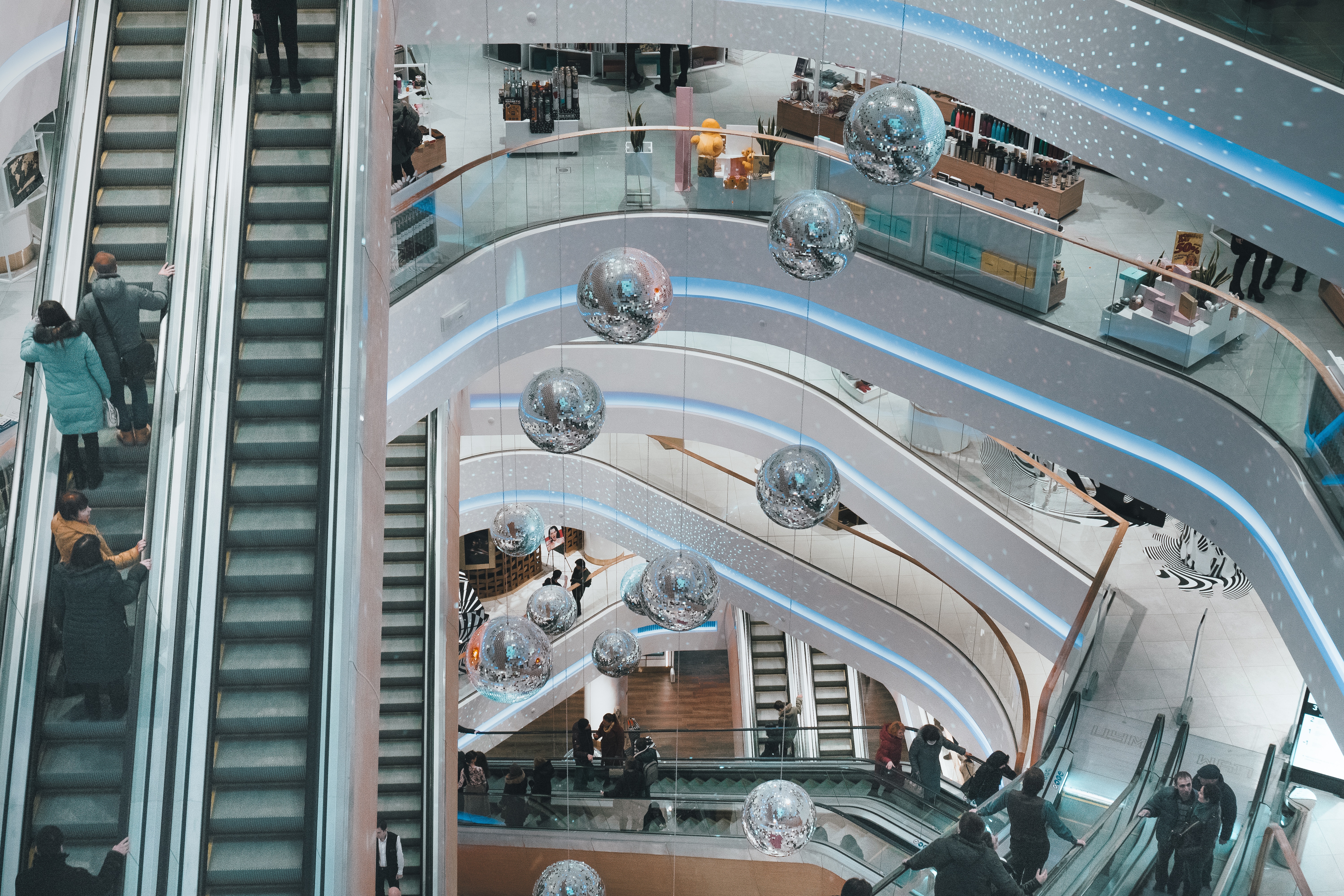
An example of combining the advantages of online and offline retail is SneakerBoy, a showroom where customers can see, touch and try on any style or size from the gallery of samples. The merchandise is then ordered online and shipped directly to the customer.
In a presentation about the future of retail, Doug Stephens, one of the world’s foremost retail industry futurists, talks about retail as experience. We know that generations Y and Z value experience more than products. The solution would be to combine the two and create a truly immersive shopping experience where we don’t buy products; we buy stories. In his view, physical shops are still relevant because they meet our need to socialize and connect with people who are genuinely excited about products.
To succeed in the future, the retail industry needs to look like the consumer it serves, write Brown and Lubelczyk. Our job as consultants is to continue questioning the role of shopping centers and explore technologies that transform them into modern, relevant, immersive shopping destinations.
